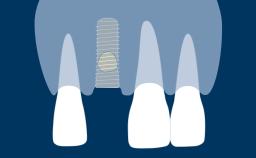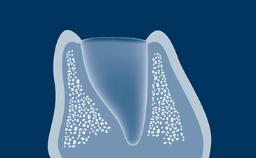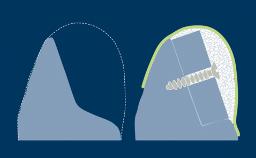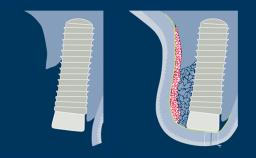
Principles of Sinus Floor Elevation
Following tooth loss, alveolar resorption and ongoing pneumatization of the maxillary sinus may lead to vertical bone deficits in the posterior maxilla.
This deficit reduces the distance between the maxillary sinus floor and the alveolar process, so that reconstructing the vertical bone height by means of a sinus floor elevation procedure may be a prerequisite for placement of dental implants of the correct dimensions and in the ideal three-dimensional position in order to achieve optimal functional and esthetic treatment outcomes.
Sinus floor elevation is a predictable procedure for vertical bone augmentation in the posterior maxilla that compensates for inadequate bone height.
Grafting material is placed into the sinus to increase available bone height and to facilitate the placement of implants of the desired dimensions and in the correct prosthetically driven positions.
This module will focus on patient assessment, diagnosis, and treatment planning for sinus floor elevation procedures.

After completing this ITI Academy Module, you should be able to…
- list the criteria for proper patient selection for SFE
- describe the radiographic techniques for sinus imaging
- discuss the principles of treatment planning for SFE cases
- list the surgical techniques for SFE









Share this page
Download the QR code with a link to this page and use it in your presentations or share it on social media.
Download QR code